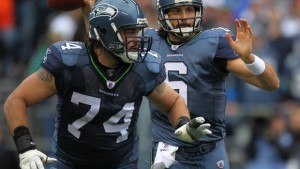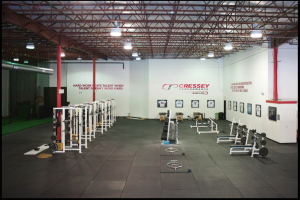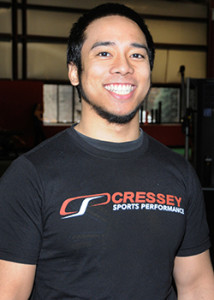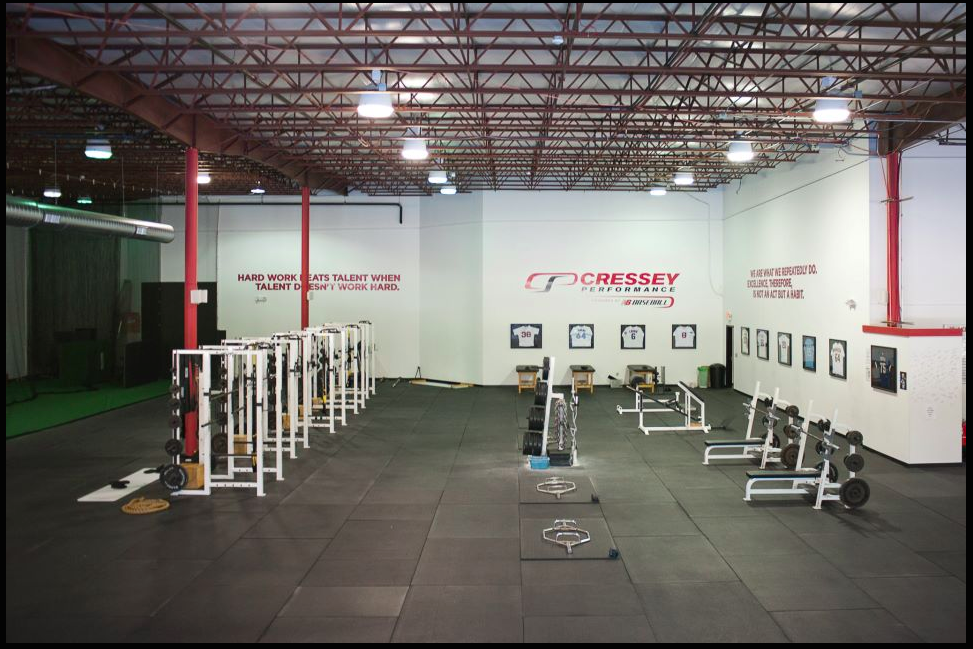Hope your summer is going along swimmingly! Here are some of my thoughts as many of our college and high school athletes are coming mid-way through their off-season training.
Movement Doesn’t Tell The Whole Picture
Biomechanical (in)efficiencies do not equate to physiological competency.
- Just because you move well in isolation outside of your sport, does not mean you have enough fitness qualities to do well in your sport.
- Likewise, just because you move poorly according to a standardization of movement, does not equate to the demands of your given sport.
After assessing, working with, and surrounding myself with collegiate and professional players from several different organizations and sports, I can confidently say that elite athlete =/= elite health.
Sometimes offensive linemen need to weigh a lot in order to defend the quarterback.

Or you may play rugby, so you will need to have more natural weight, because you don’t have any pads while you’re in a scrum.
Or you might have contact/non-contact injuries, so from an orthopedic point of view you are “not healthy”, but you are playing at an elite level.
(See an article that was floating around during the NBA Finals this year: Lebron James and his intense recovery routine. In this, it talks about how he replenishes fluids immediately after a game, receives massages during flights, and other items that help him accomplish a lot on the court.)
Interestingly enough, based on this research article talking about low back pain and passive hip range of motion, I’d expect many of our athletes to walk in on crutches. However, passive hip range of motion can be limited for many reasons – tissue quality, inefficient joint mobility, or neurological guarding (protective tension).
Sometimes (not always) a few warm-up drills, jumping rope, and skips and marches can improve movement within the affected joints – often due to transient warming up, synovial fluid coating certain joints, and generally speaking better blood flow!
Exercise Programming: A Few Limiting Factors
Exercise selection to improve fitness qualities (speed, strength, endurance, and power) may be simpler than imagined. An exercise program should take into account two general guidelines: timeline, and limiting factors in an athlete’s development.
- Creating a block of exercise programming for an individual who has 12 weeks of uninterrupted exercise time has the ability to be exposed to multiple stressors with which they can recover from in a positive manner.
- On the other hand, creating a exercise block for an individual who has 6 weeks of exercise, with 1 week of vacation in the middle of those 6 weeks (so really 5), will have to readjust how they approach said training block.
- This is not to mention training age, biomechanical movement qualities, physiological capacity for movement, sport specific skillsets necessary, and injury history, among many other items.
Personal logistics, ownership of goals, and accountability are largely underrated when it comes to success in any individual’s life.
Cressey Sports Performance’s 8th Anniversary
Monday was CSP’s 8th Birthday!

Tony wrote a great blog about some of the origins, along with various milestones that many of our clients have done, not to mention how cool it is to look back in hindsight at the amount of professionals we’ve all worked with in recent years.
Looking back at my personal story with respect to Cressey Sports Performance, it is always interesting to see how I came about working here.
If I didn’t have the internet, I wouldn’t have come across any articles from Eric Cressey from any of his mediums at the time. That, on top of working a lot after interning in the Fall of 2012, helped put my foot in the door towards getting hired at Cressey Sports Performance. It’s been a fun ride so far!

As always,
Keep it funky.


